Description
Built for Predator Fishing
This rig is perfect for catching fish like barbel, tigerfish, catfish, and large bass. It features a soft plastic shad that mimics a real baitfish in both shape and motion.
When retrieved, the shad creates a lifelike swimming action. As a result, predator fish are drawn in and strike hard.
The trace includes a strong steel wire leader that prevents bite-offs from toothy fish. It’s reliable, especially when you’re fishing in deeper or snag-filled waters.
Durable. Reliable. Ready to Go.
The Adrenalin Shad Trace comes fully assembled and includes:
A lifelike soft shad lure
A sharp, durable jighead hook
A wire leader with a swivel and snap
This setup is made from quality components that can handle powerful strikes and tough conditions.
Whether you’re casting from the shore or fishing from a boat, this trace gives you the edge.
Perfect for All Experience Levels
Beginners and experienced anglers alike will appreciate how easy it is to use. No tying or assembling is required. Just clip it onto your mainline and start fishing.
This trace saves time on the water and improves your chances of a successful catch.
Key Features:
Pre-rigged and ready to use
Soft plastic shad with lifelike swim action
Steel wire trace prevents bite-offs
Jighead hook for strong hooksets
Ideal for tigerfish, barbel, and bass
Great for river, dam, and estuary fishing
Choose the Adrenalin Shad Trace – simple, strong, and ready to catch your next predator.
Shop more
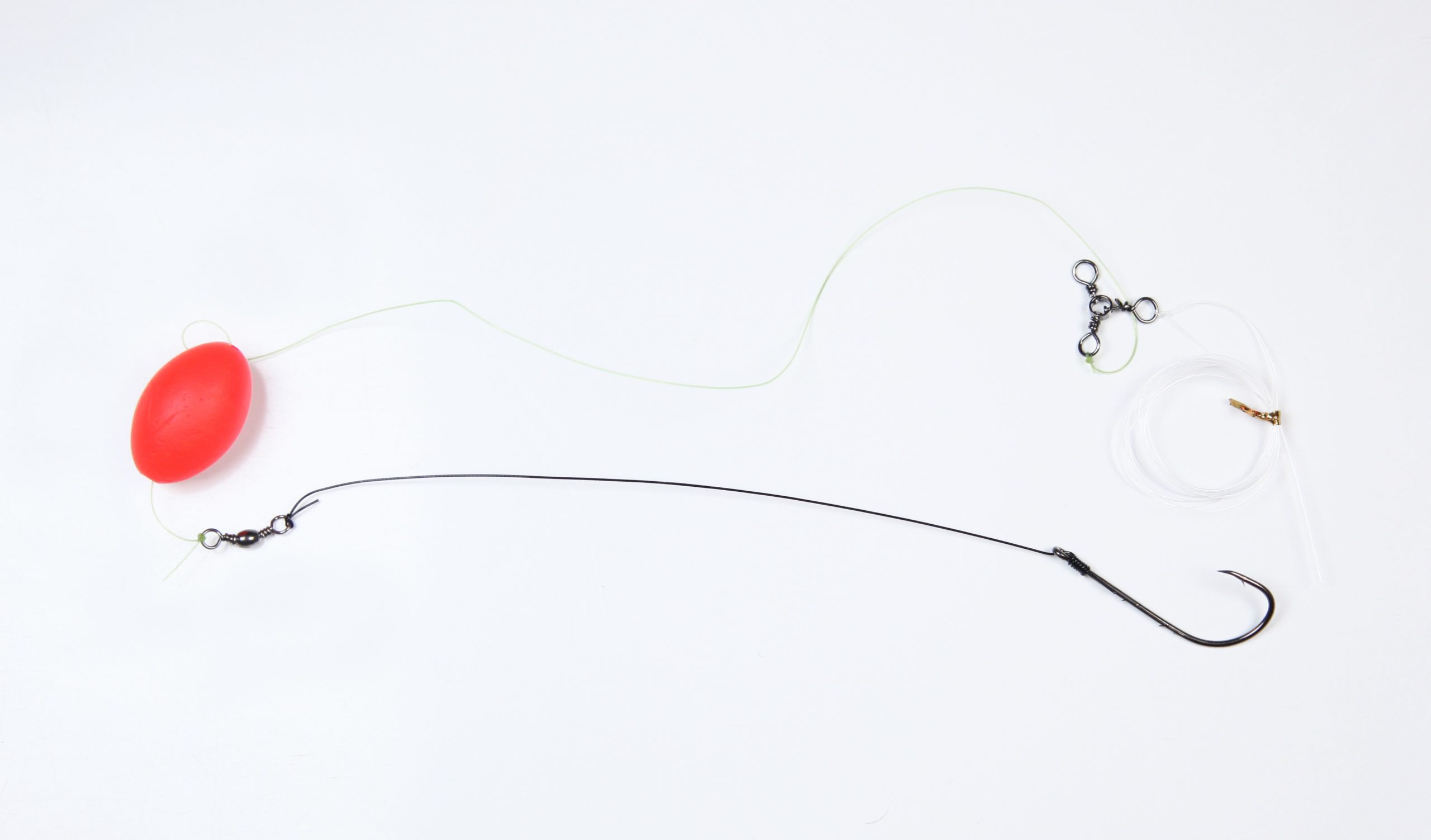
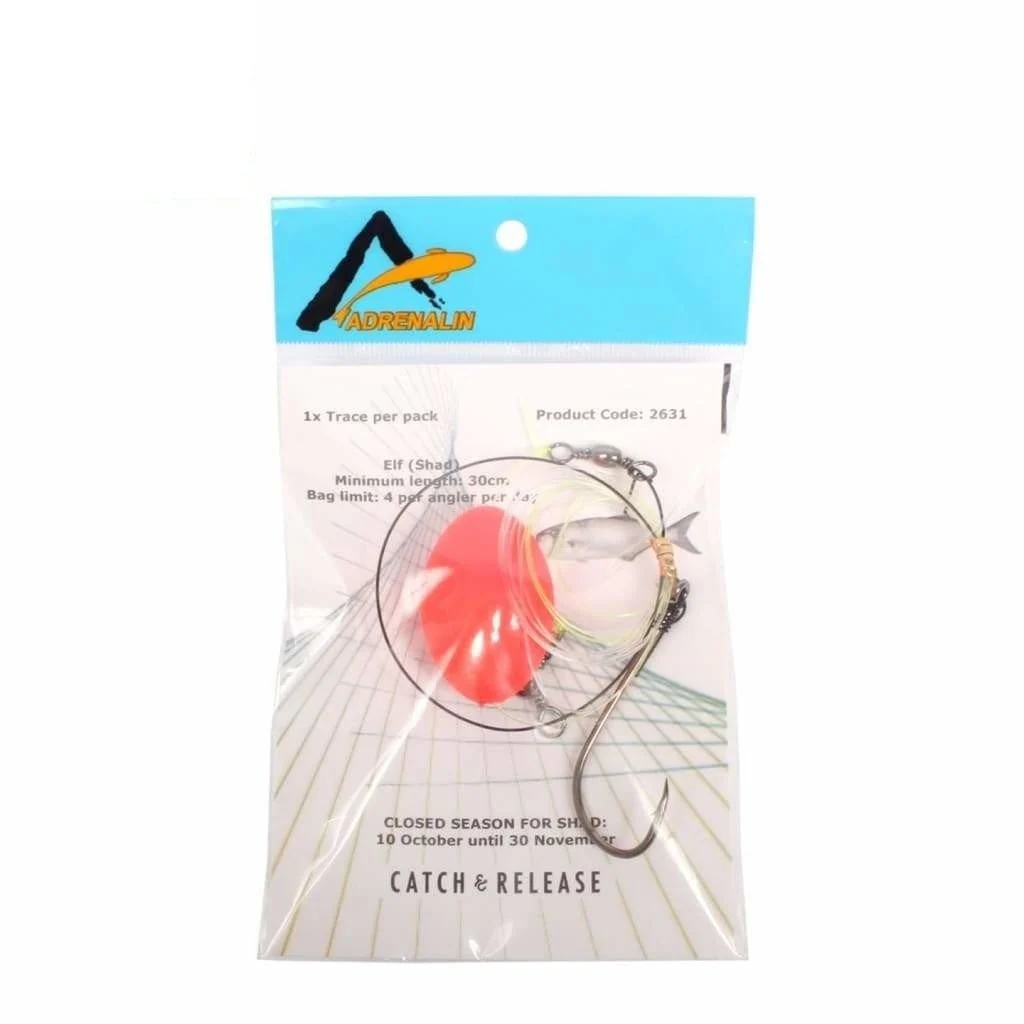
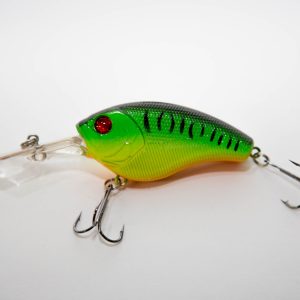
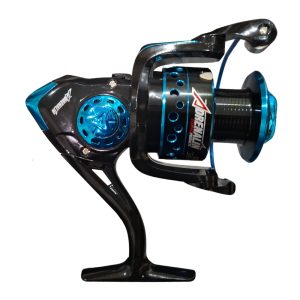
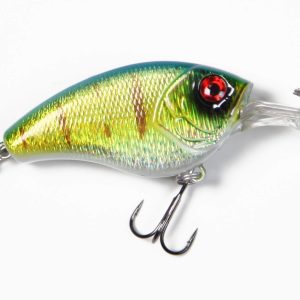
Reviews
There are no reviews yet.